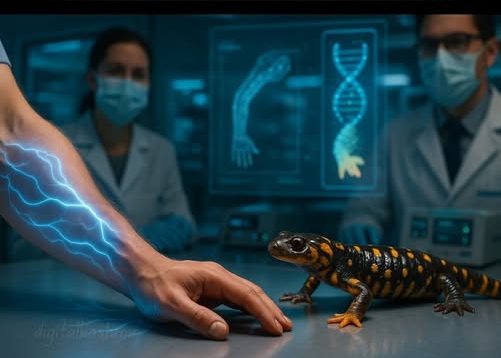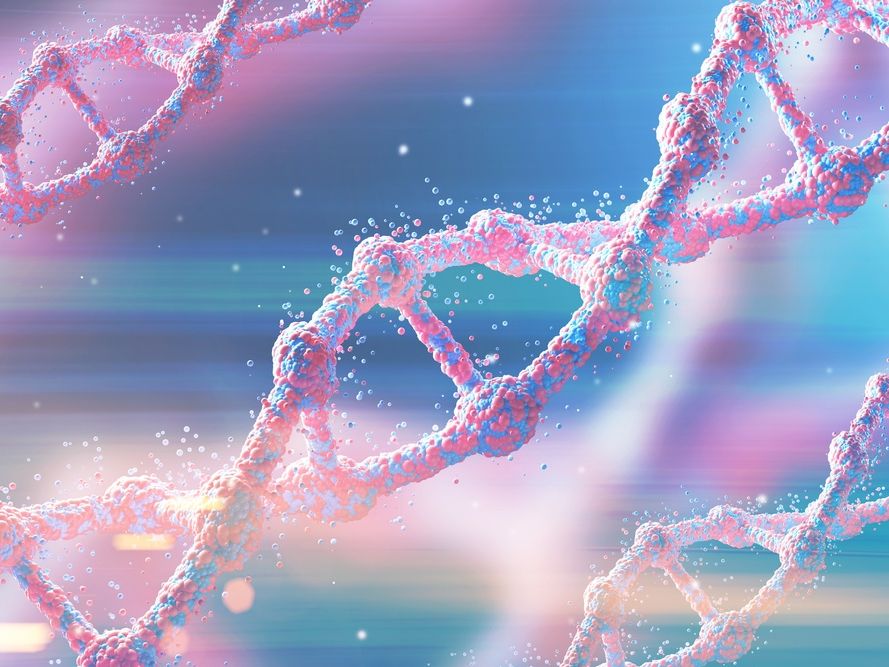Flipping the Regeneration Switch: Unlocking the Salamander Gene in Human DNA

This is a disclosure so groundbreaking it borders on science fiction: humans actually possess the same core gene that allows organisms with remarkable regenerative abilities, like the salamander, to regrow lost limbs. This gene, once dismissed as exclusive and the “secret” of amphibians, has been silently dormant within our DNA for millennia of evolution.
The breakthrough isn’t just in confirming the gene’s existence. The critical recent achievement is the discovery of how to “switch it on.” This gene is believed to be part of a complex signaling network that, when activated, triggers a cascade of events leading to the formation of undifferentiated cells (akin to stem cells) at the site of injury. In salamanders, these cells form a structure called a blastema, which perfectly remolds itself into the missing limb, organ, or tissue.
This discovery fuels the hope that we can tap into this innate, dormant mechanism to regenerate human tissue, heal chronic wounds, repair organ damage following heart attacks or strokes, and potentially treat neurodegenerative diseases like Alzheimer’s.
However, the challenges are immense. Activating a regenerative gene in humans must be tightly regulated. Uncontrolled, this powerful cellular repair mechanism could lead to the development of cancerous tumors. Researchers are currently racing to find the precise “dosage” of signaling required to promote regeneration without triggering these catastrophic risks.
While we are still in the preliminary phases of research, the notion that the human body can achieve comprehensive self-repair is no longer a fantasy. The future of regenerative medicine is rapidly becoming real science, with the key residing right inside our own genome.











